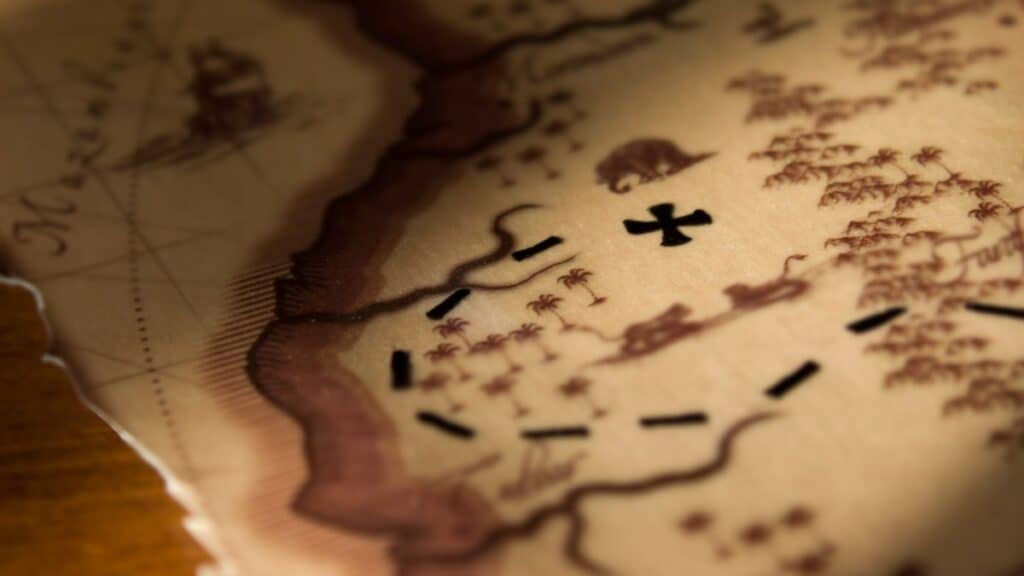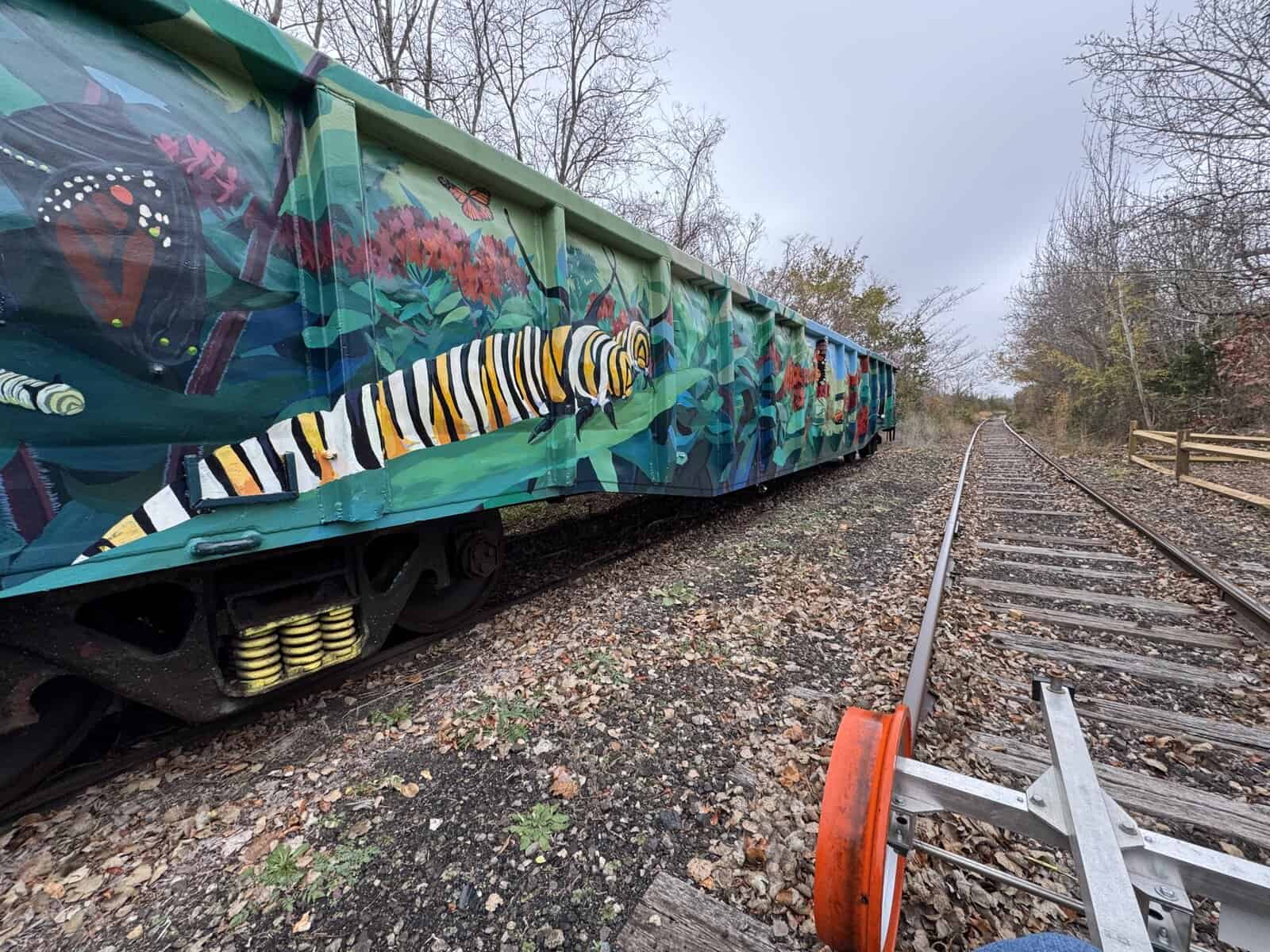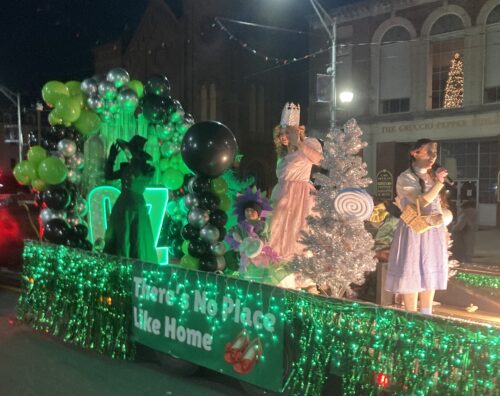The Real Story of Captain Kidd’s Lost Treasure in New Jersey

Captain William Kidd was a real pirate, and his treasure may still be buried in New Jersey. His actions and travels are linked to specific places along the New Jersey coast, supported by historical records and discoveries that continue to spark interest today.
Kidd was born in Scotland around 1645 and later moved to New York City. In 1695, he sailed to England hoping to get a job in the Royal Navy, but instead, he got permission to attack enemy ships as a privateer.
His ship, the Adventure Galley, set sail in 1696, but the British Navy took most of its crew. Kidd had to hire new men in New York and promised them 60% of any treasure, although he had already promised the same to his investors.
In 1697, Kidd reached the Red Sea and followed his orders at first, but when his crew mutinied, he killed a man named William Moore with a bucket. After that, he stopped following the rules and attacked any ship he saw.
Kidd’s biggest success came when he captured the Quedah Merchant, an Indian ship carrying gold, silk, spices, and weapons. He renamed it Adventure Prize and sailed to the Caribbean, only to learn that the British had declared him a pirate.
Trying to save himself, Kidd bought a smaller boat, the San Antonio, and sailed to Boston. On the way, he stopped in New Jersey and anchored in Raritan Bay near Monmouth County.
There, he sent men into New Jersey and New York to bribe officials and use his political connections. During this time, it’s believed that he buried some of his treasure in New Jersey.
After reaching Boston, Kidd was arrested and sent to England in 1700. At his trial, he said he had buried 40,000 British Pounds, but some claimed he had hidden 400,000 Pounds.
Only 10,000 Pounds were ever found and sent to England. Kidd was found guilty of murder and piracy and was hanged in 1701, with his body left hanging over the Thames River for years.
After his death, about 20,000 Pounds of treasure was found on Gardiner’s Island near Long Island, New York. Kidd had left it there with Jonathon Gardiner, and the find sparked a hunt for the rest of his treasure.
Many believe the rest of Kidd’s treasure is buried in New Jersey. Several places are linked to his legend, including Cape May, the mouth of the Toms River, and Sandy Hook.
The most famous spot is near Whales Creek, just north of Sandy Hook, where Spanish gold coins were found. The island became known as Money Island, but it has since washed away into Raritan Bay.
Near Money Island was Duck Pond, now called Treasure Lake, where more gold coins were found. These discoveries fueled the belief that Kidd’s treasure was buried nearby.
There were also two large elm trees known as Kidd’s Rangers, one at Matawan Creek and another at Fox Hill (now Rose Hill). They helped sailors, including Kidd, find Cliffwood Beach.
People still search Cliffwood Beach using metal detectors and shovels. Gold and silver coins have been found, but it’s not clear if they came from Kidd.
Other places in New Jersey are tied to the treasure story. One says Kidd buried treasure near Brigantine Inlet and killed his mate Timothy Jones, burying him next to the chest.
Another legend says Kidd romanced a farm girl named Amanda near Oyster Creek and buried treasure nearby. Both stories remain unproven, but they add to the mystery.
A 1927 book by Ernest Mandeville claimed Kidd’s crew lived in Middletown and sold goods like silk and lace to local merchants. It also said William Leeds, a resident, was one of Kidd’s helpers.
Leeds donated land and money to Christ Church in Middletown, which people believed was “conscience money” from pirate loot. The book said Kidd marked a tree on Sandy Hook where he buried treasure and left a cross mark on the church wall with his sword.
Historians question these stories and say there is no proof Kidd was in Middletown or knew Leeds. Mandeville admitted he didn’t do deep research and relied on local rumors.
Some think towns used pirate stories to scare off outsiders and protect themselves. There is proof that Kidd used Fox Hill (now Rose Hill Cemetery) as a landmark when sailing in Raritan Bay.
There are also stories about Blackbeard raiding farms in Middletown and Holmdel, stealing cattle and hogs. Farmers fought back and forced him to leave, though there was little proof he was in New Jersey.
Today, tours in Cliffwood Beach share these stories and take people to places like Treasure Lake and Fox Hill. Divers have searched the waters but found nothing from Kidd’s time.
Coins from the 1800s have been found, but nothing earlier. Still, since Kidd is the only pirate known to bury treasure—found on Gardiner’s Island—many believe more is still hidden.
No one knows if it will ever be found, but the legend lives on. The hope of discovering Captain Kidd’s treasure in New Jersey keeps people searching and the story alive.









